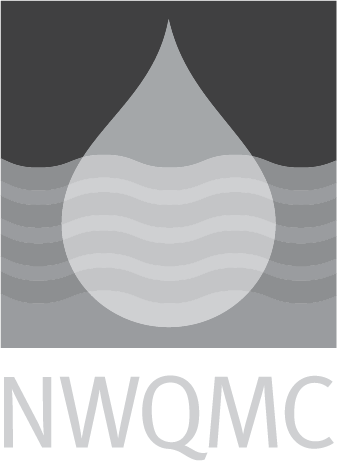EPA-RCA: 9320: Radium-228 in groundwater
|
Official Method Name
|
Method 9320: Radium 228 |
|---|---|
|
Current Revision
| September, 1986 |
|
Media
|
WATER |
|
Instrumentation
|
Beta Gas Proportional Counter |
|
Method Subcategory
|
Radiochemical |
|
Method Source
|
|
|
Citation
|
|
|
Brief Method Summary
|
The radium in the water sample is collected by coprecipitation with barium and lead sulfate and purified by reprecipitation from EDTA solution. Both radium-226 and radium-228 are collected in this manner. After a 36-hr ingrowth of actinium-228 from radium-228, the actinium-228 is carried on yttrium oxalate, purified and beta counted. If radium-226 is also desired, the activity in the supernatant can be reserved for coprecipitation on barium sulfate, dissolving in EDTA and storing for ingrowth in a sealed radon bubbler. |
|
Scope and Application
|
This method covers the measurement of radium-228 in ground water and, if desired, the determination of radium-226 on the same sample. If the level of radium-226 is above 3 pCi/L, the sample must also be measured for radium-228. This technique is devised so that the beta activity from actinium-228, which is produced by decay of radium-228, can be determined and related to the radium-228 that is present in the sample. To quantify actinium-228 and thus determine radium-228, the efficiency of the beta counter for measuring the very short half-lived actinium-228 (avg. beta energy of 0.404 keV) is to be calibrated with a beta source of comparable average beta energy. |
|
Applicable Concentration Range
|
|
|
Interferences
|
As evidenced by the results of the performance studies, the presence of strontium-90 in the water sample gives a positive bias to the radium-228 activity measured. However, strontium-90 is not likely to be found in ground water, except possibly in monitoring wells around a radioactive burial site. Excess barium in the water sample might result in a falsely high chemical yield. |
|
Quality Control Requirements
|
Minimum of one blank per sample batch. Include one spike duplicate for every 10 samples. |
|
Sample Handling
|
Samples should be preserved when collected using nitric acid. |
|
Maximum Holding Time
|
|
|
Relative Cost
|
$51 to $200 |
|
Sample Preparation Methods
|




